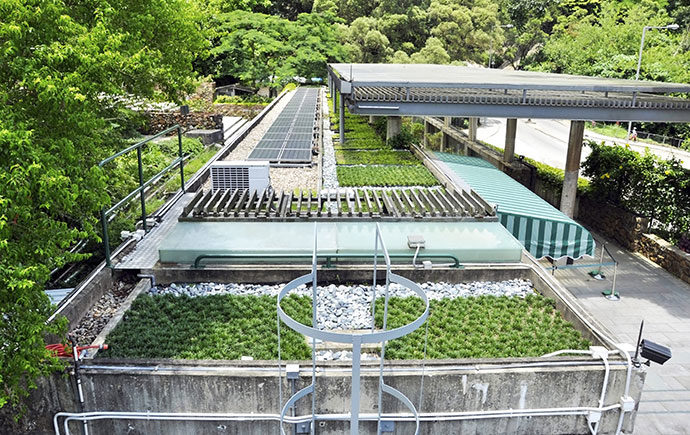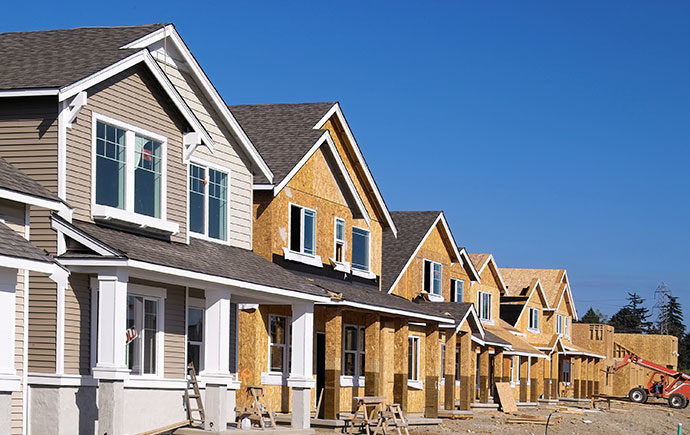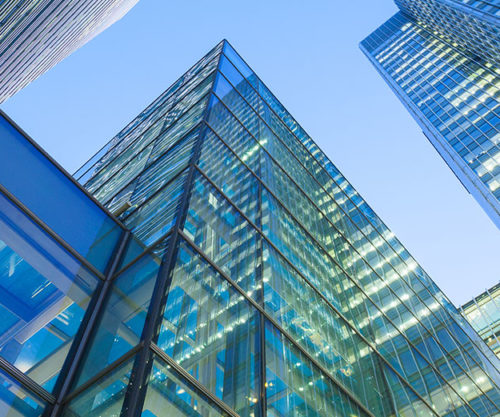
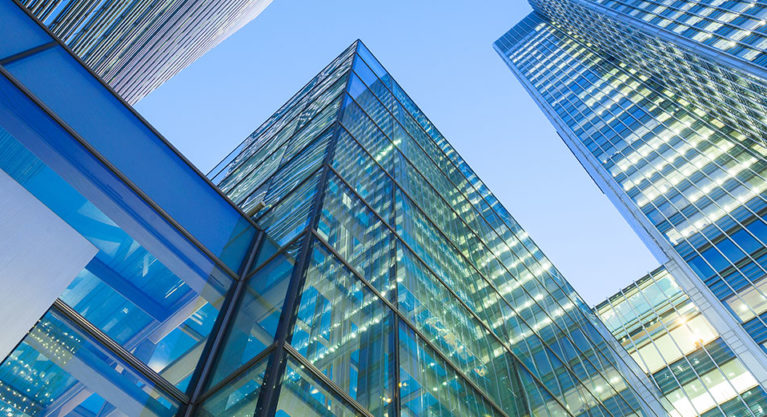

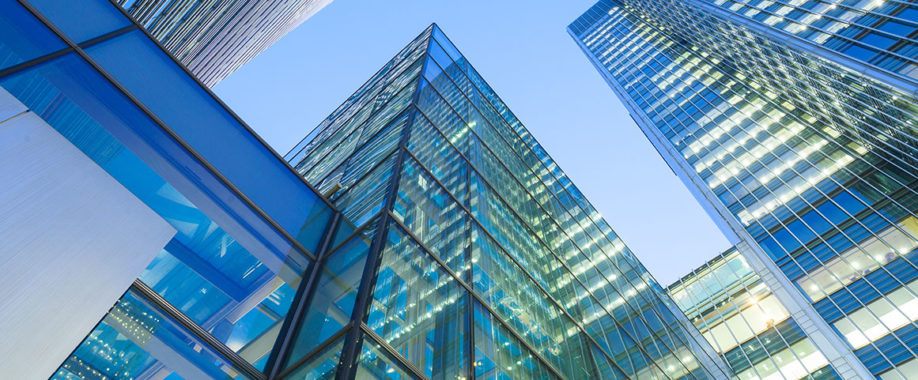
Product and materials selection is a critical component in building for resiliency.
In the wake of increasing natural disasters such as hurricanes, earthquakes, heat waves, and flooding, investing in buildings that can withstand damage and recover quickly is critical. This requires the latest technical knowledge as well as insight into innovative material science.
Product and materials selection is a critical component in building for resiliency. Innovations in chemistry can contribute to increased lifespans of structures and building materials, and help protect critical infrastructure, so that buildings and communities can recover more quickly from the increasing threat of natural disasters, extreme weather events, and environmental hazards.
Advances in chemistry and materials science can help architects, designers, and builders specify products that may help structures better withstand severe weather, natural disasters, and the test of time. For example:
![]() Extreme weather conditions can result in bulk water or moisture-laden air harmful to building occupants, contents, and structural components. Silicone sealants in exterior joints are critical for resiliency, guarding against the passage of air and moisture into a building. This is important in creating “passive survivability” by maintaining occupant comfort and safety—for example, in the event of power outages during hurricanes or blizzards.
Extreme weather conditions can result in bulk water or moisture-laden air harmful to building occupants, contents, and structural components. Silicone sealants in exterior joints are critical for resiliency, guarding against the passage of air and moisture into a building. This is important in creating “passive survivability” by maintaining occupant comfort and safety—for example, in the event of power outages during hurricanes or blizzards.
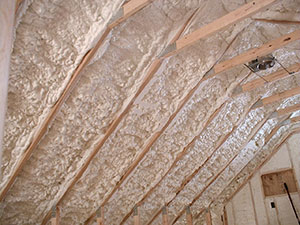 Hurricanes and their high winds, along with driving rain and surge waters, can cause severe damage to buildings and infrastructure in U.S. coastal areas. Spray polyurethane foam can help increase a building’s resistance to wind uplift by creating an airtight roof assembly. Closed-cell spray foam is also the only material certified by the Federal Emergency Management Administration (FEMA) to be flood resistant.
Hurricanes and their high winds, along with driving rain and surge waters, can cause severe damage to buildings and infrastructure in U.S. coastal areas. Spray polyurethane foam can help increase a building’s resistance to wind uplift by creating an airtight roof assembly. Closed-cell spray foam is also the only material certified by the Federal Emergency Management Administration (FEMA) to be flood resistant.
Windows must be strong enough to resist both wind and debris. Polycarbonate plastic, used in windows and frames, is both lightweight and shatter resistant. Polycarbonate laminate sheets can help protect occupants against ballistics impact, forced entry and bomb blasts.
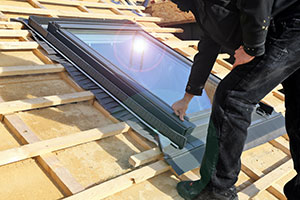 Reinforced glazing, called “impact windows,” sandwich plastic film between two pieces of shatter-resistant glass. The sandwich structure also improves insulation, reduces outside-sound transmission, and blocks UV radiation from entering the home. Vinyl-framed impact windows combine excellent insulation with generally low maintenance and cost.
Reinforced glazing, called “impact windows,” sandwich plastic film between two pieces of shatter-resistant glass. The sandwich structure also improves insulation, reduces outside-sound transmission, and blocks UV radiation from entering the home. Vinyl-framed impact windows combine excellent insulation with generally low maintenance and cost.
Resilient walls need to be able to flex in strong winds without shattering, while keeping out moisture and raising energy efficiency. Insulated concrete forms (ICFs) are one increasingly popular building material in storm-prone areas. ICFs are interlocking blocks made of polystyrene foam panels with steel reinforcement, filled with concrete on site. The blocks form a solid, impact- and water-resistant structure, while also providing fire resistance and energy-saving insulation.
Membranes and Adhesives, used in constructing vegetative or “living” roofs provide critical storm water mitigation during water events. Living roofs help keep the building dry while also reducing the burden on storm water and sewer systems during natural disasters. Green roofs can also improve air quality and help reduce the Urban Heat Island Effect, a condition in which city and suburban developments absorb and trap heat.
